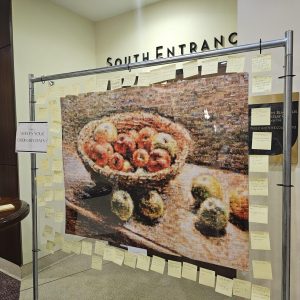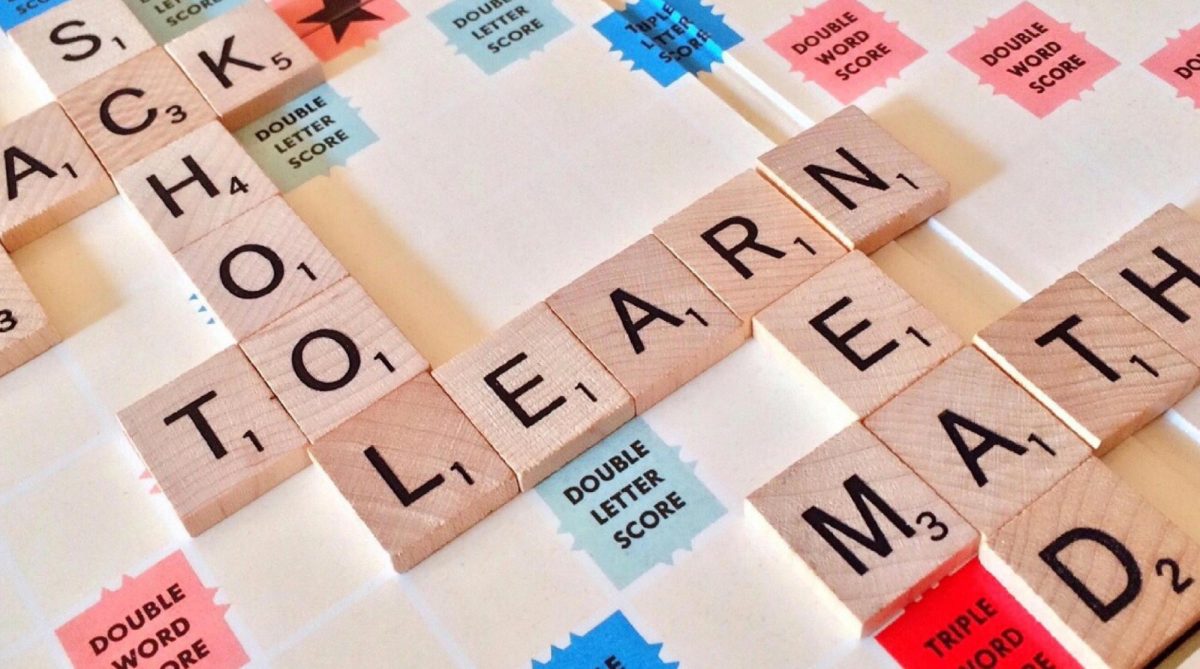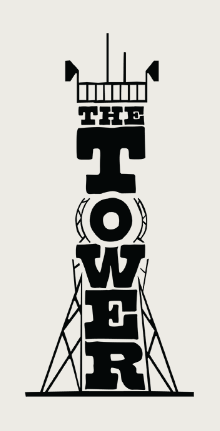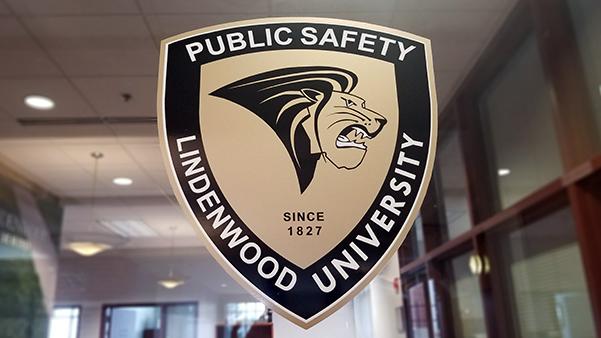
Photo by Robert Cohen, [email protected]
As a staff photographer at the St Louis Post-Dispatch, Robert Cohen has been covering the events surrounding the city of Ferguson since Darren Wilson shot and killed Michael Brown on August 9, 2014. Cohen has agreed to explain how he works, and the issues he encounters while covering the protests.
Dealing with the protesters and the police
Cohen thinks that covering events involving protesters and the police is the “most challenging part of the story.”
“I have to keep my distance somewhat from both sides of the story,” Cohen said.
When it comes to the protesters, Cohen said that he tries to capture the reality of the events, and doesn’t want to interfere.
“If I get too close to them, then I feel some of their actions are done because I am physically there taking pictures,” Cohen said. “So I have to find a comfort zone where I feel that they are doing what they planned to do, regardless of whether journalists are there or not. That has taken lots of observation and lots of watching without shooting.”
In order to deal with the police, communication is a key element.
“Whether I feel that I am within my rights to photograph situations, I listen to what they say when I’m being spoken to,” Cohen said. “It is important to me to be on the scene doing my job, not in handcuffs because I got in a disagreement with an officer.”
Cohen explained that there has been “some very heated situations” where he had to express his opinions but he always knew when to leave and “take the road of least resistance” in order to keep working.
How to deal with the possibility of violence
“Because emotion is always very high, and because of gunfire and that some of my colleagues have been assaulted, I do some things differently when I am covering the protests,” Cohen said. “I am usually wearing a bulletproof vest under my clothes. If necessary I also have a helmet and gas mask, though I’ve used neither extensively.”
With his experience and the possibilities of protests to get out of hand, Cohen said that he has learned how to be more careful.
“I am very strategic about where I park my car. If I need to get in and out of areas, I can’t take the chance of being blocked in by other cars,” Cohen said. “My car is my office. It is where I retreat to when I need to send pictures to the newspaper. So in short, I’m very aware of my surroundings. “
Compelling images vs. conveying the information: The photojournalist issue
“The most important to me is to convey information to the reader. At the same time I want to capture photographs that are interesting to look at, something that grabs your attention,” Cohen said.
As a photojournalist, Cohen faces the issue of conveying the information in appealing images.
“Much of the result of that is just my particular style. I am drawn to moments, to action, to graphics,” Cohen said. “Through much of this coverage, there hasn’t been much choice in seeing background information. It is much more about moment-driven journalism.”
When the moment is right, Cohen knows what to do to get the image he wants.
“When I do see a situation where a step to the right or a step to the left helps compose the image better, or helps remove distracting background elements, I do that,” Cohen said.
Cohen and the other photographers of the St Louis Post-Dispatch have been nationally recognized for their coverage of “Ferguson.” When the Pulitzer Prize nominees will be announced, the photographs taken by Cohen and his colleagues could be there, which is amusing knowing that Joseph himself found the Post-Dispatch.











